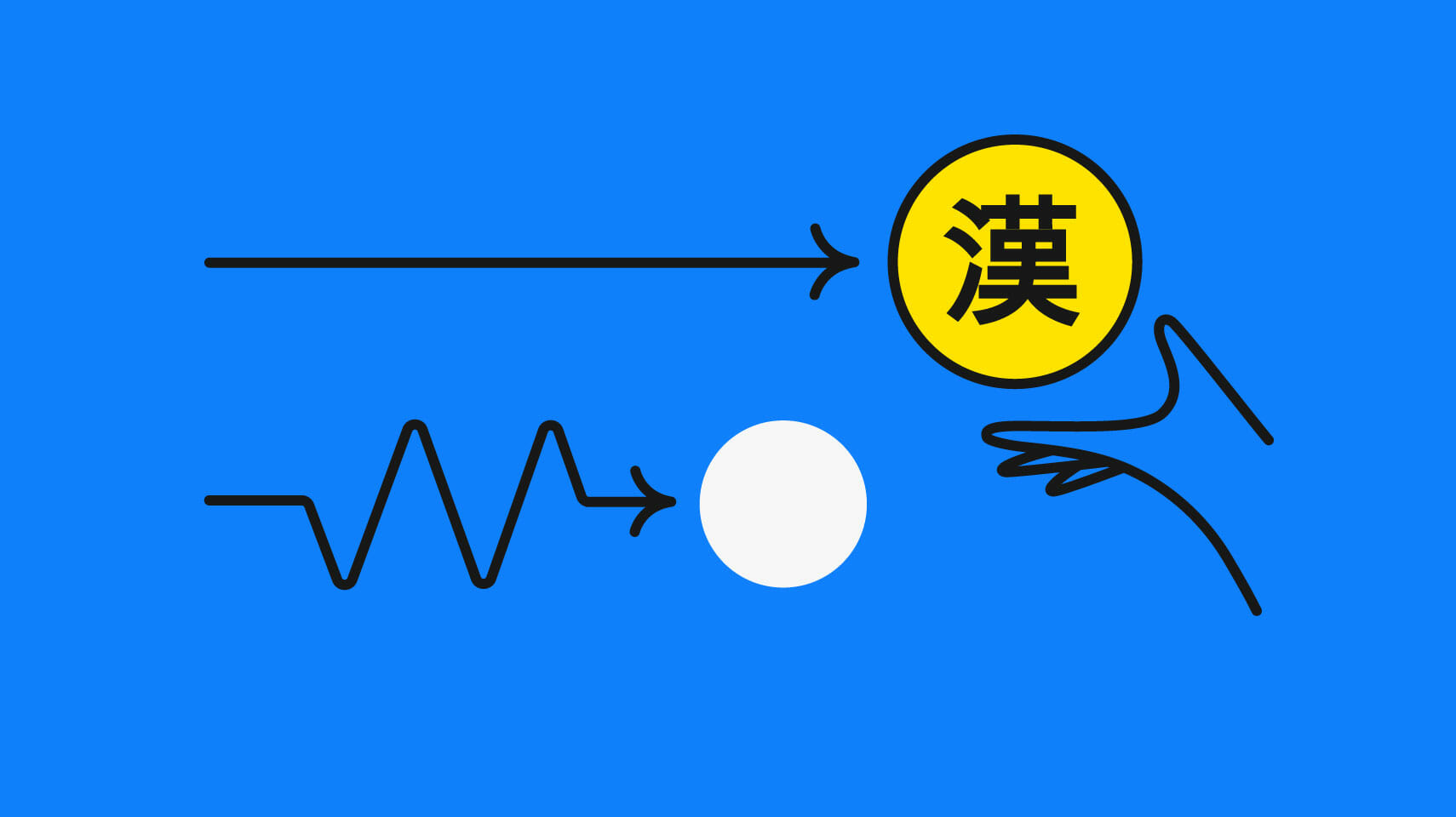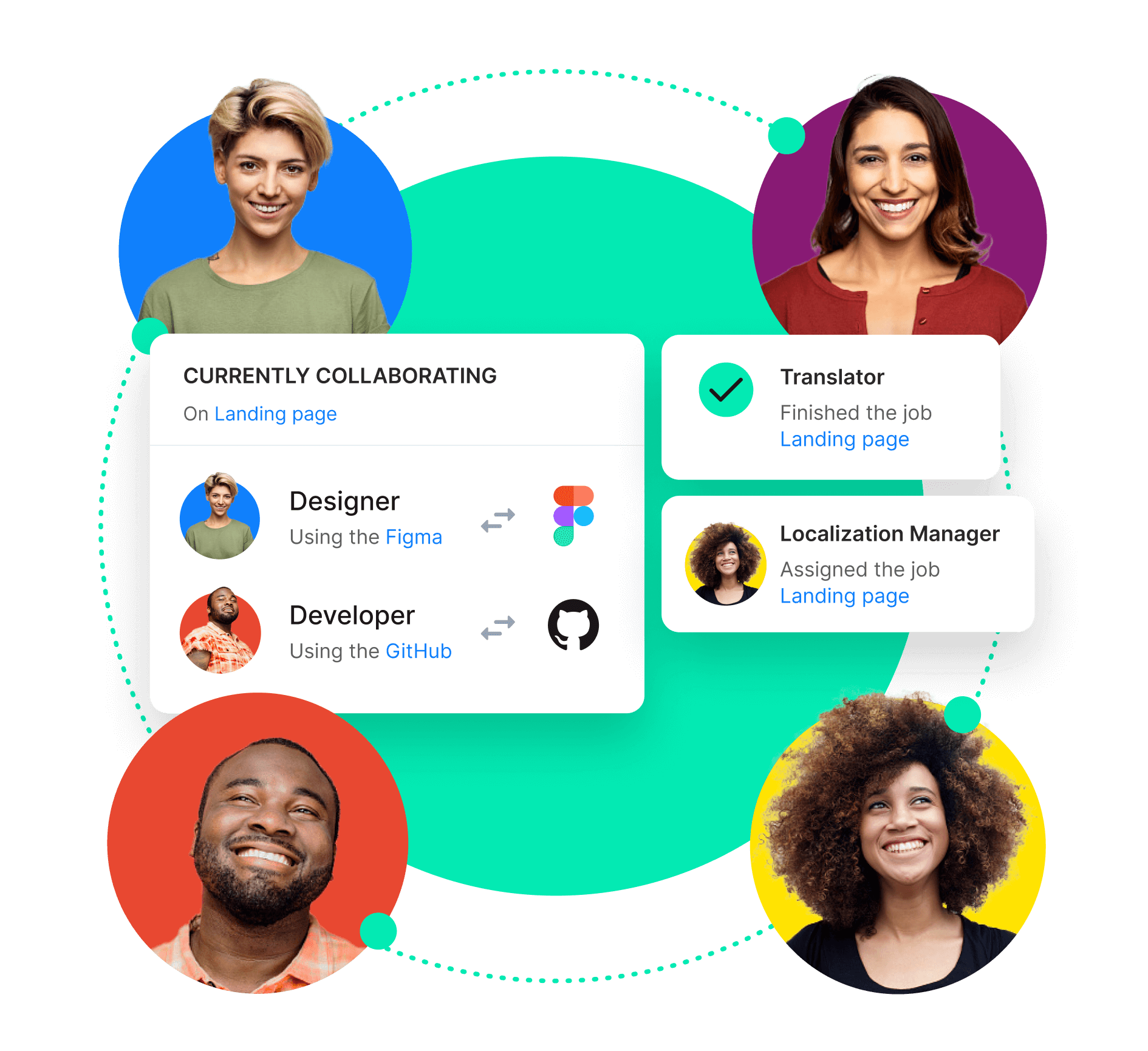Localization strategy
Acquiring Translation Software: Build or Buy?

Translation software is increasingly becoming an important investment for any business or organization in the global economy. The software for streamlining translation projects has evolved from being used only by specialized users, who often developed it for their own needs, to a commercial product offered by many vendors. However, there is still a basic question business owners need to consider: Should we build our own translation software or buy a commercial software solution?

Unlock global business with the Phrase Localization Platform
Expand into new markets with all the tools you need in one technology suite for high-quality, fast, and scalable localization.
Building your own translation solution was once a viable option
The lifecycle of companies requiring translation often starts with basic needs and popular languages. As they enter new markets, there is a need for many more languages with more sophisticated localization requirements. Translation, once considered an additional expense of doing business, is now a driver of growth and revenue when done right. Untapped markets can become goldmines for businesses.
Nevertheless, those markets need content in their native language to become lucrative assets. Marketing, sales, product literature, documentation, support, and any other business communications need to be translated and localized. When a simple sell sheet was enough to start a conversation, using a service or building spreadsheets to manage translation was enough. As digital communications expanded, the range of languages and the amount of information grew. Eventually, those homegrown solutions often turned into full internal software development projects.
The evolution of translation software
Business to business (B2B) software development follows a curve. As needs get more sophisticated, there is a realization that others may have the same problem and the solution becomes a product.
This has been the arc of translation software. Companies with very specialized needs still build in-house development teams. However, building in-house results in costly and inefficient use of resources. It also means developing a high degree of expertise in how translation and localization work, and constant innovation—like the increased use of machine translation (MT).
These requirements (specialized and costly expertise) created a market for commercially available translation software solutions—increasingly sophisticated systems with extensive customization options designed over time by translation professionals. Most modern translation software solutions are based in the cloud, which eliminates the need for IT management and resources, a significant cost center. Updates, new features, and support are all part of your cloud-based translation software subscription. The updates and maintenance included eliminate the need to allocate additional resources.
The evolution of translation and localization demand
The driver of growth in commercial translation software is based on the massive change happening in global marketing. For example, businesses serving the US market might have only dealt with English-to-Spanish translations. Now, businesses may be looking to expand to as many markets as they can. As global digital access expands, the need for more language options grows simultaneously.
Adding to this complexity is the expectation that all communication should be available in the target languages of new markets to build sales and increase brand equity. Translation software vendors have evolved their products to reflect these new needs and the complexity involved. Initially, an in-house team might have worked with tracking via spreadsheets and emails while working with a few translation contractors. However, as a company’s global presence expands, they may be dealing with hundreds of kinds of content in many languages.
Translation and localization is now a core business function
When a business moves from serving small markets into becoming a growth business, the tools it uses typically become more complex. In the lifecycle of software development, there is a changeover as this happens. Homegrown solutions become less viable and eventually a costly roadblock to growth. The next step is determining requirements for a commercial tool like translation software and doing due diligence on the available options.
As translation scope expands, the choice between in-house and commercial developers becomes a pure cost-and-benefit equation. As mentioned earlier, building an in-house solution is a costly investment in both overhead and the acquisition of specialized knowledge. Even the salary of one experienced developer far exceeds the cost of most solutions. Finally, if the software must handle a range of related functions, a single developer will not work.
Ultimately, there has to be a cost-and-benefit calculation of build vs buy. Building in-house teams to develop, maintain, and update a solution may no longer be a viable option from both a management and financial perspective.
The buying decision: A process for choosing translation software
The choice of build or buy is increasingly becoming less relevant in most situations as commercial systems become more useful and more cost-effective. With many options, it helps to build a checklist of questions to ask when evaluating different technology vendors. Start with basics. These may include:
- Which languages are available?
- Which types and how much content can be translated?
- Does the translation software offer reporting or financial management tools?
- Does it integrate with your current tech stack?
- Does the platform offer MT enablement or automation features?
- In what ways does the translation software support collaboration?
- How steep is the learning curve?
- What kind of support and training is offered?
These are some of the basic considerations involved. Once requirements have been identified, an introductory conversation with the commercial providers can quickly answer many of these questions and needs. Most providers offer trial periods and onboarding tools like videos and blog posts to help buyers understand how their various tools work.
Here are some background resources to begin to build a request for proposal:
- An in-depth guide to choosing localization technology
- Key questions to ask when looking for a translation tool
- Effective RFP creation for localization technology solutions
Next steps: Building a discovery and selection process for buying translation software
These resources will help you build a basic understanding of the problems being solved and the available solutions. With this base knowledge, the next step is to reach out to translation software vendors and start a discovery process, including setting up and using a trial, which will clarify many of these factors and give a translation team a working understanding of the software’s usability and capabilities.
Speak with an expert
Want to learn how our solutions can help you unlock global opportunity? We’d be happy to show you around the Phrase Localization Platform and answer any questions you may have.





